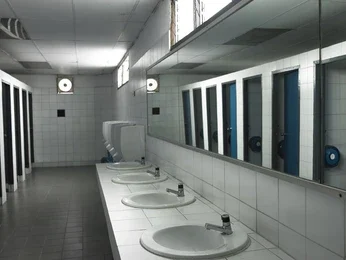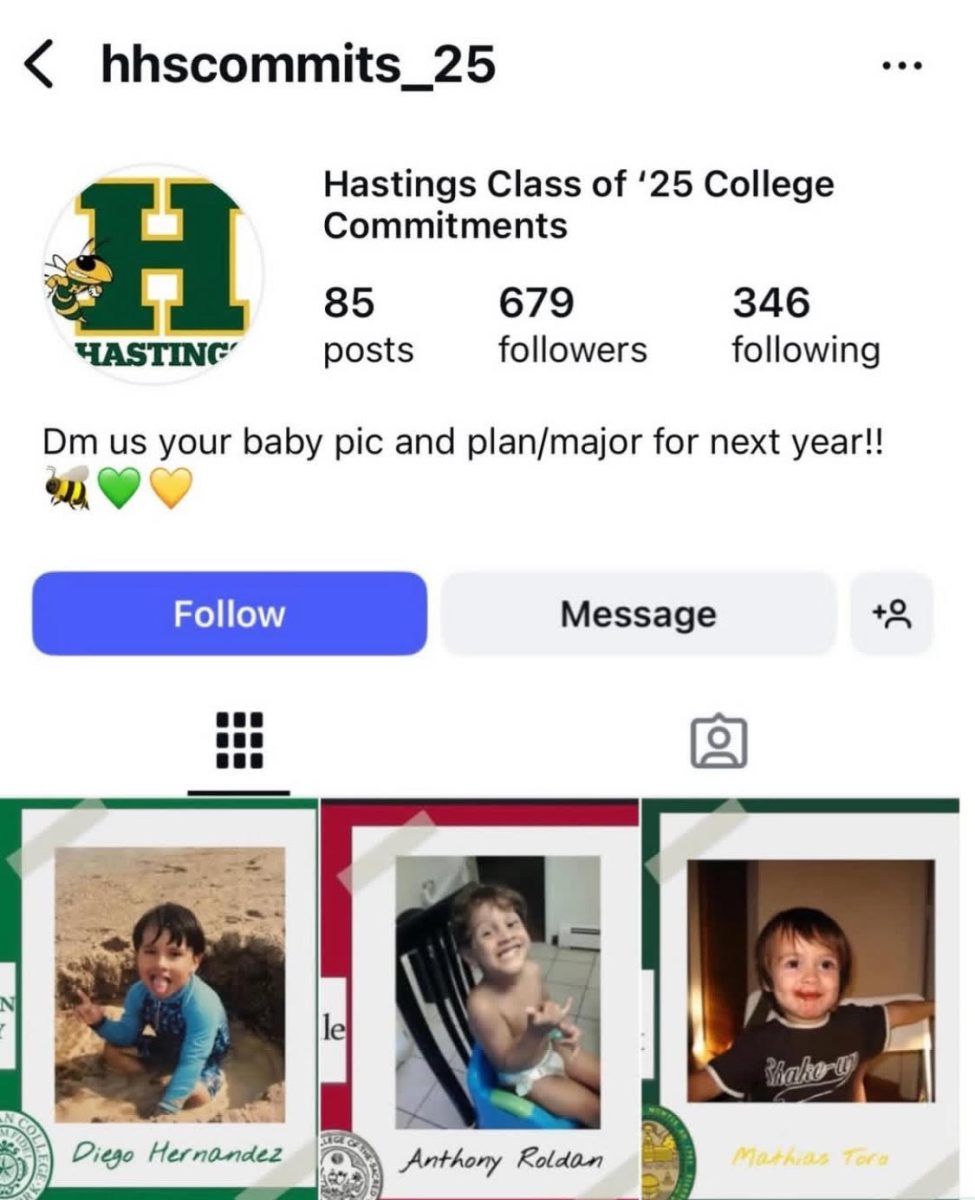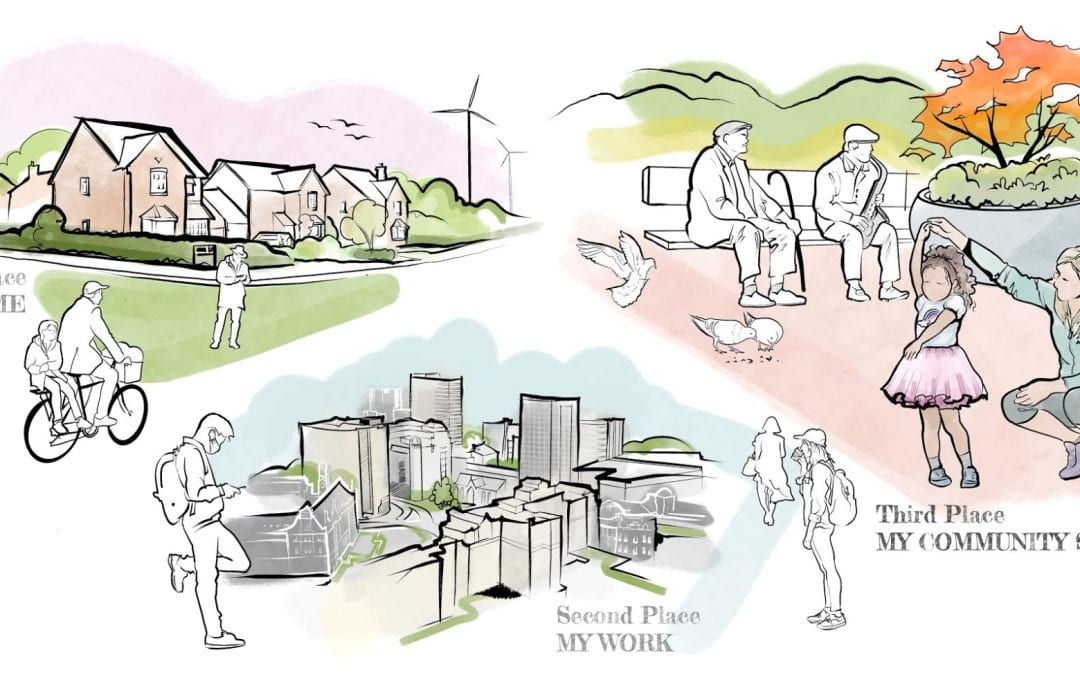“To be honest, I don’t think there’s really a good third place [for teens in Hastings],” claimed Tyler Levan, a Hastings High School senior.
Embedded into teen culture is the idea of “third places,” or informal gathering places that allow clientele to relax while seeing friends and strangers who become friends. Third places foster the skills required to have open dialogues that prompt learning, which is crucial in our increasingly polarized society. Third places can be parks, bars, cafes, or libraries, just to name a few. Hastings, however, has an alarming lack of third places for teens, which is detrimental to community solidarity and student mental health.
Most HHS students agree with Tyler’s claim. A few interviewees named third places outside of Hastings, like the Ridge Hill Mall in Yonkers or various locations around New York City, and some HHS students remembered past hang-out spots from middle school or earlier. However, there was resounding agreement on the fact that Hastings does not offer adequate social spaces for teens: “The community center doesn’t really work, and there’s not much else. You could call Slices or the VFW kind of [a third place], but neither of those are great,” said Tyler.
It is vital for there to be third places designed specifically with teens in mind. Teens are often forced to inhabit spaces created either for adults or children which do not sufficiently meet their social and developmental needs. Without the pressures to conform to specific behaviors or expectations, third places allow teens to experiment with self-expression and identity, as well as interact with diverse groups of their peers. These experiences can push teens to explore their interests and challenge their perspectives as they strengthen connections with their community.
Over the past few decades, there has been a national decline in the number of third places, causing catastrophic repercussions on teens’ health and sense of community. As the world changes, so does how teenagers interact with their environment and each other. Social media allows teens to be in the same place virtually while being alone in the “real world,” effectively removing the need for a physical third place. Some people argue that there are benefits to the Internet: Every teen has access to millions of their peers at any moment to connect, share ideas, and play games. This allows for communities to form across all corners of the world, linking people who would not have had the chance to interact, let alone form strong bonds, before the Digital Age. However, in the process of gaining a method of socialization, teens have lost real connections. As Gen-Z grows up, our society needs to grapple with what we are willing to lose to keep this online world.
The village government of Hastings has tried in the past decade to establish teen third places. One such location is the Hastings Public Library. Allee Manning, the Youth Services Librarian, claimed that teens take advantage of the library’s free WiFi, heating, comfortable chairs, and books. However, Manning said that teen engagement with the library is lacking, as only around 15 to 30 teens use the library’s space as a third place weekly. Manning’s job as a Youth Service Librarian means that she serves all ages, from 0 to 18. Babies, toddlers, young kids, tweens, and teens all have drastically different needs from a public library, and it is Manning’s job to meet them all. Much of her time is dedicated to younger children’s programming. This is in no way her fault but rather a lapse in judgment of the library for not dedicating proper resources to teens specifically.
Another option is the community center, which used to host events such as karaoke or movie nights. However, they were often under-attended and the Village eventually abandoned efforts. The Village’s failures at fostering a third place should serve as a lesson for what to improve upon, not a sign to give up on the community center. It is no coincidence that Fiona Pugh, an HHS senior, stated, “I don’t really think teens feel that welcome [there].” The Village does not put sufficient effort into asking teens what needs they want to be met by their community. The teenagers of Hastings are not lacking in creativity and inspiration for what a new third place could constitute. From stores that are affordable and exciting for youth to coffee shops that stay open for late-night study sessions, the possibilities are endless.
To develop such venues, the Village must listen to students and provide the resources and know-how to actualize that goal. This can take form through teen advisory councils, partnerships with local businesses to create teen-friendly spaces, or working with students to craft an entirely new space of their own. By including students in the conversation, adequate, if not thriving, teen third places can be created in the Hastings community.



















